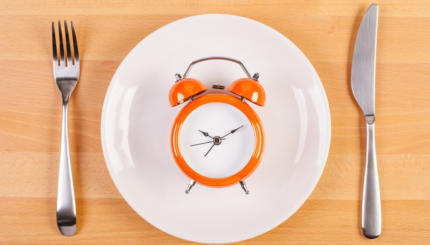Purim is a merrymaking holiday with many food-related traditions, including giving mishloach manot to family and friends and eating triangular-shaped hamantaschen. But beyond these better-known customs lies one with a lower profile, the eating of beans.
Bean and chick-pea dishes are typically served at the festive meal on Purim day to evoke Queen Esther’s diet while in the court of King Ahasuerus, where the midrash relates that she ate only beans to avoid non-kosher fare. Legumes are also a traditional food for mourners–some suggest that Esther consumed them when she heard of Haman’s plan for the Jewish people. More…
mishloach manot
Pronounced: meesh-LOE-akh mah-NOTE, Origin: Hebrew, literally “sending portions to one another.” A phrase taken from the Megillah [Book of Esther] that commands the Jewish community to give small packages of food or gifts to friends on the day of Purim.
Purim
Pronounced: PUR-im, the Feast of Lots, Origin: Hebrew, a joyous holiday that recounts the saving of the Jews from a threatened massacre during the Persian period.


